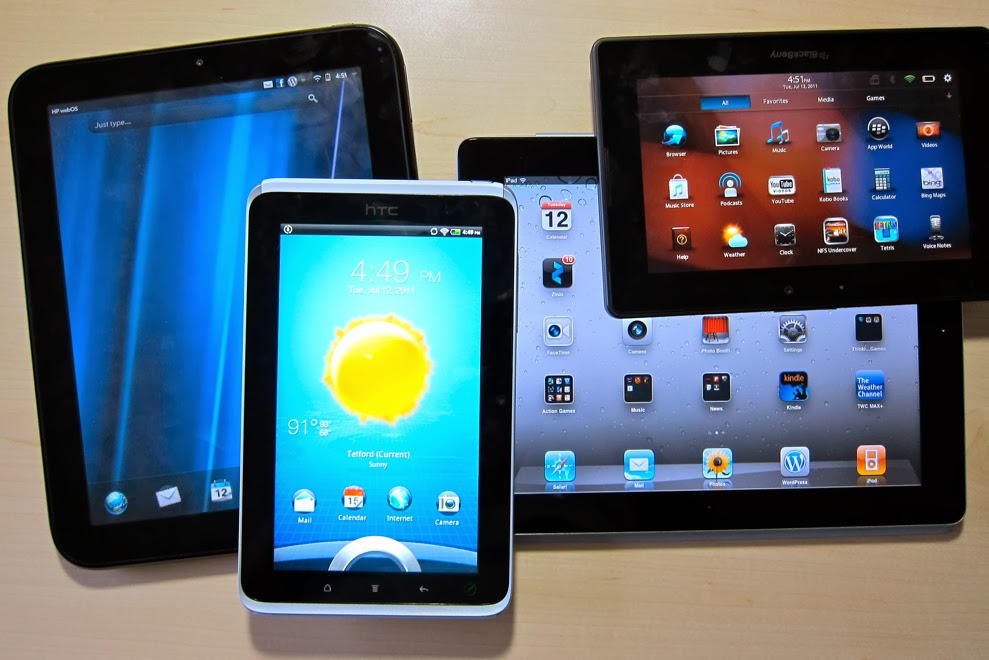But today – given consumer trends – the AT&T acronym would be better translated as “American Telephone & Tablet” company, because according to reports of 3rd Quarter growth, consumers buying data plans to support tablets are fueling AT&T’s net subscriber growth, which is good news. But from a bottom-line basis, consumers who just buy data plans bring in less revenue, which is not such good news.
The trend has been reflected in what drives the Wireless Carrier category. According to our Customer Loyalty Engagement Index, the category that was once driven by “Brand Reputation and Technological Leadership” has shifted to “Equipment,” with tablets at the top of the list of technology consumers crave most. And “A Selection of Calling Plans” has changed to “Data Options,” including elements like daily data options for tablets and lower-data plans for smartphones. What hasn’t changed are consumer desires for “Larger/Faster/Uninterrupted Networks” and “Customer Service.”
As this is technology we’re talking about, it’s not surprising to find that consumers have very high expectations regarding delivery on these drivers, but particularly when it comes to “Data Options.” If we calculate the consumer Ideal at 100%, here’s how the wireless carriers’ own customers currently evaluate the major brands in meeting their expectations:
- Verizon Wireless 89%
- AT&T Wireless 83%
- Sprint 80%
- T-Mobile 79%
And apparently the primacy of contract calling customers for wireless carriers, too.
Connect with Robert on LinkedIn.
Find out more about what makes customer loyalty happen and how Brand Keys metrics is able to predict future consumer behavior: brandkeys.com. Visit our YouTube channel to learn more about Brand Keys methodology, applications and case studies.
Share this:

